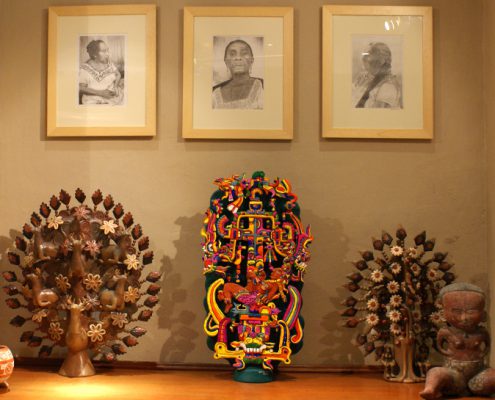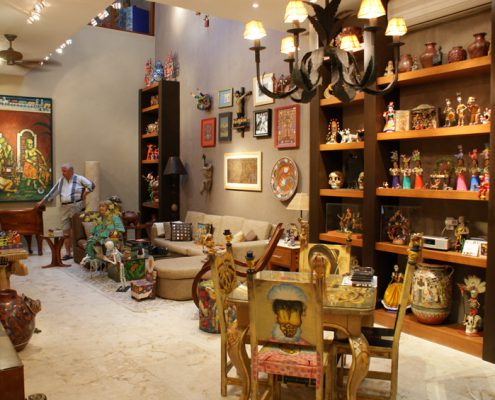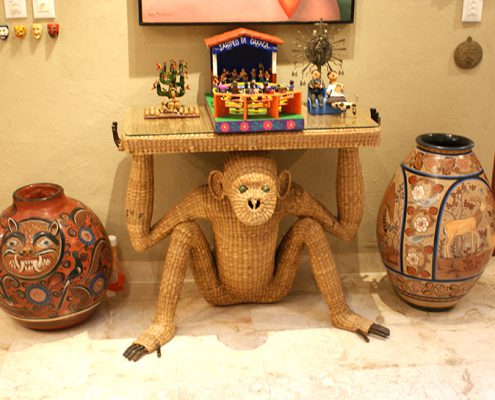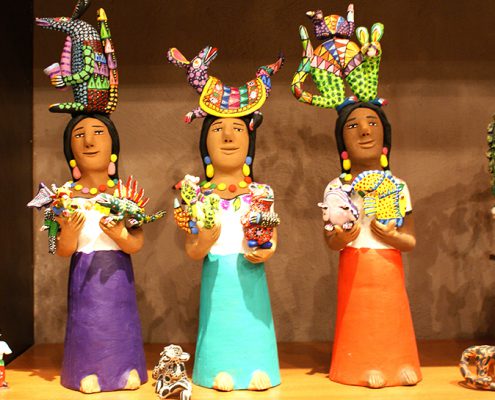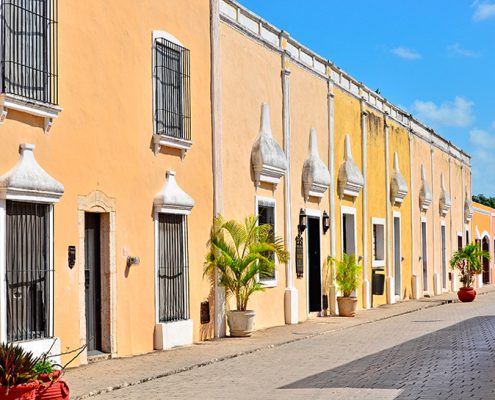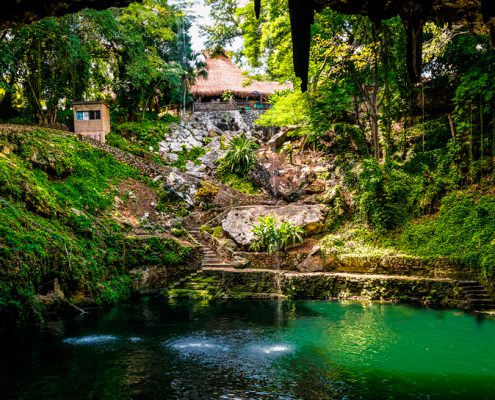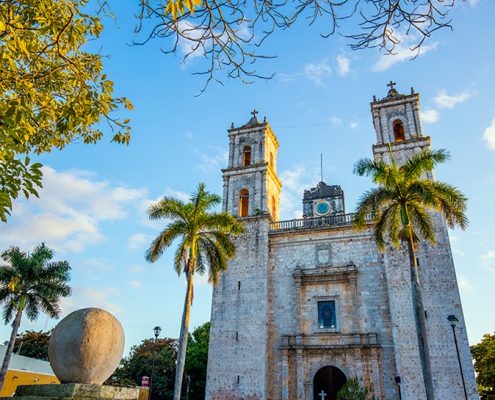Valladolid has a collection of colonial churches, a sprawling convent and several peaceful squares perfect for wiling away the hours, but did you know that it also has a hidden treasure? Located at Calle 40, a short walk from the main square is Casa de los Venados or the “House of the Deer, ” a 17th-century private residence and a museum that pays tribute to the rich tradition of Mexican folk art.
Built between 1600 and 1620, this impressive casona or hacienda-style house was once the home of the Alcalde or Mayor during the Colonial period. Abandoned since 1964 and crumbling into ruin, it was purchased by American couple and former Royal Resorts members John and Dorianne Venator who embarked on a 10-year restoration project. They commissioned Merida-based architect William Ramirez who blended contemporary architecture with the original colonial features and facade in a way that has won the house awards in architectural competitions in Yucatan, Mexico and in Costa Rica.
In addition to being a private home, Casa de los Venados houses a huge collection of Mexican folk and contemporary art, the reflection of a lifelong passion.
John Venator started collecting Mexican folk art in 1963 when he visited Puebla on a student exchange program and since then he and his wife have traveled the length and breadth of the country, visiting artisans in remote villages in search of ceramics, carvings, textiles, metal work and more.
More than 3,000 pieces ranging from giant trees of life, ceramic jaguars and carved masks to Day of the Dead art, Frida Kahlo-inspired tiles and chairs, traditional wooden furniture and murals by local artists are exhibited throughout the house. Everywhere you look there is art and every exquisite object tells a story. Talavera vases, brocaded textiles from Chiapas and glazed green ceramic pineapples from Michoacan share space with miniature hand-painted figures in traditional dress, beaten copper dishes, Mata Ortiz pottery from Chihuahua and award-winning piñatas. It is one of the most extensive collections of folk art in private hands, and a joyous celebration of the creativity, color and humor of the country’s artisans.
Guided tours of Casa de los Venados are available and take around one hour. Visitors are asked to give a 60-peso donation to the owners’ charitable foundation to support local causes such as a clinic and community health programs, education and the arts in Valladolid.
Members of the Trip Advisor travel community have rated it the top attraction in Valladolid.
After your visit to Casa de Los Venados, be sure to stroll around the main square. Spend time in San Servasio Cathedral and the park and shop for crafts in local stores and the craft center.
Other Valladolid attractions that you won’t want to miss are the impressive and mysterious Cenote Zaci, Calzada de los Frailes, the location of more restored colonial houses, craft galleries, restaurants and the Coqui Coqui perfumery, and the San Bernardino Church and Sisal Convent. Learn about the blue agave plant and the artisanal process by which a tequila-like liquor is distilled from its sugar-rich stem at the Mayapan Distillery on the outskirts of town. Across the road from the distillery is a small nature park with regional wildlife such as crocodiles, monkeys and jaguar. A short drive from town are the cenotes of Dzitnup, Samula and Hubiku, the villages of Temozon and Uayma and the archaeological sites of Ek Balam and Chichen Itza.
Ask the Concierge to help you arrange a trip to Valladolid or rent a car and explore the eastern Yucatan at your own pace.

